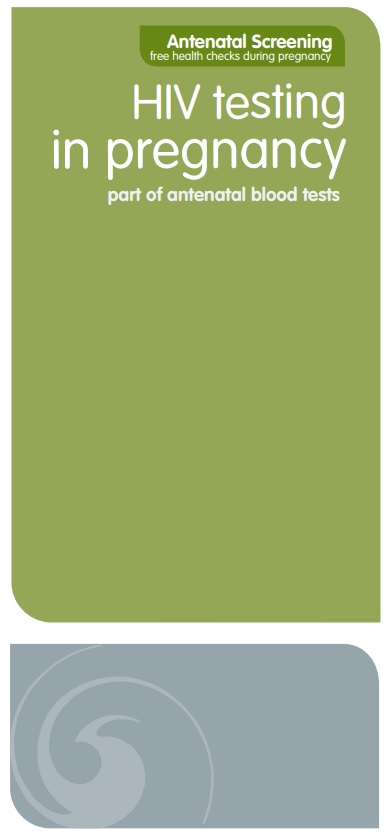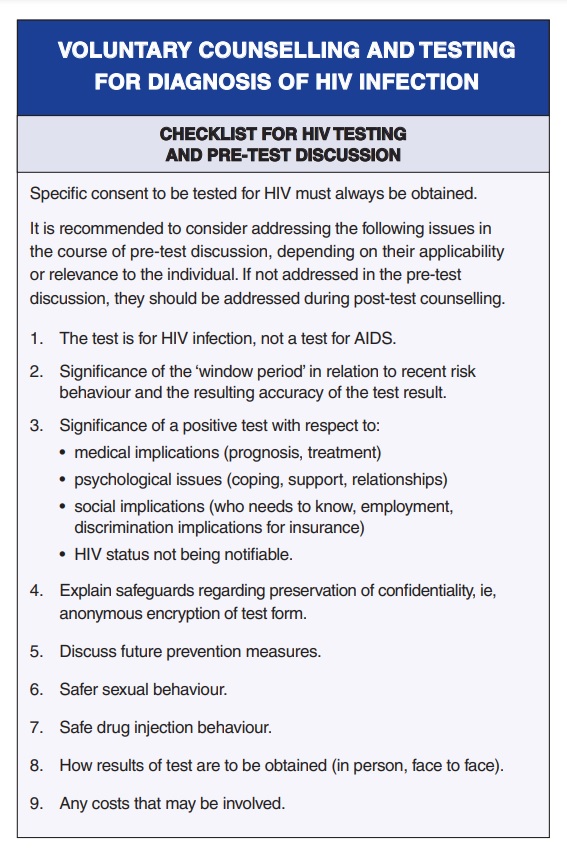HIV is the name of the virus that causes an infection that damages your immune system and weakens your ability to fight infection and disease. Left untreated, HIV can cause AIDS – the most advanced stage of HIV infection. This means that you can be infected with HIV (a virus) without having AIDS (an illness). Read more about HIV and AIDs.
Low or no data? Visit zero.govt.nz, scroll down the page then click on our logo to return to our site and browse for free.
Common questions about HIV testing
Key points about HIV testing
- Knowing your HIV status is important because it helps you make healthy decisions to prevent getting or transmitting HIV.
- The only way to know for sure whether you have HIV is to get tested, and there are 3 main test options.
- A blood sample can be sent to the sent to a lab, for testing (results in a few days).
- A rapid, finger prick test can be done where a drop of blood is tested with a device (results in a few minutes).
- A home testing kit is available using a gum swab to collect fluid from your mouth (results within 20 minutes).

You can be exposed to HIV by having unprotected sex (without a condom) with an infected person, by sharing infected needles and other injecting equipment, or from a needlestick injury. It can also be passed on from a mother to her baby during pregnancy and delivery.
If you think you may have been exposed to HIV, you should get a test. You can use the NZ AIDS Foundation's Been exposed tool(external link) to find out the likely risk of a specific event or encounter and advice for what to do next.
There are 3 main options for HIV testing.
- Lab testing: This requires a standard blood test, where blood is drawn from your vein into a tube and sent to a laboratory (lab). You will have to wait a few days for results.
- Rapid test: A rapid test for HIV is offered by the NZAF. The rapid test involves a finger prick, where a drop of blood is placed into the testing device. The rapid HIV tests have over 99.2% accuracy and you will get your result in a few minutes.
- Home test: Home testing kits are available. For this test, you swab your gums to collect an oral fluid sample and use the materials in the kit to test your oral fluid sample. You will be able to get a result within 20 minutes.
HIV can be detected by some tests as early as 2 weeks after exposure, but it may take up to 3 months for it to show. Everyone responds differently to the virus.
If you have a positive test result from a rapid test or a home test, you need a follow-up lab test for confirmation. Once your positive test has been confirmed, you will be offered treatment and counselling and support. Read more about HIV and AIDs.
If you have a test result that is negative, it should always be confirmed by a follow-up test around 12 weeks later.
This is because of a window period, when HIV may be present in your system but not detectable. During this period (usually 4–12 weeks), you can still be highly infectious. The window period varies from person to person and depends on the type of test used.
Informed consent means you have enough information to understand HIV testing, such as the options for testing, an understanding of how the tests are done, what the results mean and the impact of testing. This will help you make an informed decision about your health care. Read more about informed consent, and talk to your healthcare provider if you have any questions.
How often you should get tested depends on who you have sex with and what type of sex you have. Use the NZAF Testing frequency calculator(external link) for advice on how often you should be tested. If you are at higher risk of HIV, ask your healthcare provider whether preventative medicine is right for you. Read more about pre-exposure prophylaxis (PrEP).
All about testing(external link) Aids Foundation, NZ
Book a test(external link) Ending HIV, NZ
Other places for arranging a test are your GP and your local sexual health clinic(external link)
Rapid HIV and syphilis testing(external link) Body Positive, NZ
HIV testing(external link) Centres for Disease Control, US
Resources
HIV testing in pregnancy Ministry of Health, NZ, 2008
Available in the following languages: English(external link), te reo Māori(external link), Chinese (simplifed)(external link), Chinese (traditional)(external link), Hindi(external link) Korean(external link) Sāmoan(external link) Swahili(external link) Tongan(external link)
Voluntary counselling and testing for diagnosis of HIV infection(external link) Ministry of Health and Health Promotion Agency, NZ, 2008
Brochures

Ministry of Health, NZ, 2008
English, te reo Māori, Chinese (simplifed), Chinese (traditional), Hindi, Korean, Sāmoan, Swahili, Tongan

Ministry of Health and Health Promotion Agency, NZ, 2008
Credits: Healthify editorial team. Healthify is brought to you by Health Navigator Charitable Trust.
Reviewed by: Dr Sharon Leitch, GP and Senior Lecturer, University of Otago
Last reviewed:
Page last updated:





